Joint pain doesn’t always follow a pattern. Some mornings feel easy. Other days bring stiffness. The shift comes without warning. You stretch, but tightness remains. You walk, but pressure builds. The pain doesn’t scream—it returns quietly.
You might not remember an injury. There’s no bruise. No swelling. But the ache lingers. It’s deep, not sharp. Annoying, not unbearable. Still, it changes how you move. How you plan your day.
Relief isn’t always about removing pain—but restoring rhythm.
Physical therapy focuses on movement patterns, not just muscle strength
You expect therapy to involve weights. Repetitions. But much of it centers on small movements. How your foot lands. How your hip shifts. How your shoulder rotates.
Therapists notice what you miss. A weak glute. A tight ankle. A rotated pelvis. These details matter more than soreness.
You relearn how to walk. How to rise from a chair. How to reach above your head. Therapy returns motion—not just muscle.
Ice helps numb the area, but heat often brings deeper relief
Cold stops swelling. It reduces pain by slowing signals. You feel less for a while. But heat does something different. It relaxes tissue. Increases circulation. Allows movement.
Some joints respond better to warmth. Especially when stiffness—not swelling—is the main complaint. A hot pack can prepare the body for motion.
Relief comes from knowing when to cool and when to warm.
Anti-inflammatory medications reduce symptoms but rarely address the source
You take a pill. Pain fades. You feel normal again. But by evening, discomfort returns. The drug masked the message—it didn’t change the mechanics.
NSAIDs reduce inflammation. But the joint’s alignment, loading, and pressure remain. Without correcting posture or movement, the cycle continues.
Medication eases—but doesn’t resolve.
Cortisone shots can quiet inflammation temporarily without changing joint structure
Injections reduce flare-ups. Swelling decreases. You sleep better. You move easier. But the relief is timed. Days. Maybe weeks. Then sensation creeps back.
The joint still bears weight unevenly. The cartilage still wears thin. The ligaments still overcompensate. Cortisone helps you pause—but it doesn’t rewrite the mechanics.
Temporary relief isn’t failure. It’s space to work on the next step.
Joint pain often improves through small posture changes across the day
You slouch at the desk. You lean into one hip. You stand more on one foot. These patterns add up.
Posture doesn’t just affect your back—it changes how joints stack. Knees compensate. Ankles stiffen. Shoulders elevate. Over time, pain becomes your normal.
Changing posture means noticing habits. Not replacing them instantly—but shifting slowly, consistently.
Small angles shape large outcomes.
Stretching provides short relief, but stability holds the key to lasting change
You stretch your hamstrings. Your hip flexors. Your calves. For a moment, the tightness lifts. But tomorrow it returns.
Tight muscles often guard unstable joints. You pull on them—but they’re protecting something deeper. Without strengthening nearby structures, stretching alone can’t hold change.
Mobility without control creates repetition. Stability rewrites patterns.
Joint pain is rarely just about the joint itself
Your knee hurts. But your hip might be the reason. Your shoulder aches. But your spine doesn’t rotate. Joints don’t move alone. They depend on neighbors.
Pain appears where stress concentrates—not always where dysfunction begins. Looking only at the painful area misses the chain.
Relief often comes from treating a joint you never noticed.
Weight distribution changes pressure even without weight loss
Losing weight helps joints. But so does shifting weight. Walking evenly. Standing symmetrically. Using both sides equally. These changes reduce joint load immediately.
Carrying a bag only on one side. Crossing one leg while sitting. These habits shift force. Correcting them shifts sensation.
Even without pounds lost, load can move.
Consistency in small practices often outperforms big interventions done once
You foam roll one day. You stretch before bed. You skip a week. Then pain returns. Progress slips.
Surgery isn’t always needed. But non-surgical work demands routine. Breathing exercises. Strengthening. Awareness. These add up. One doesn’t fix all. But together, they shift patterns.
Relief comes not from intensity—but from persistence.
